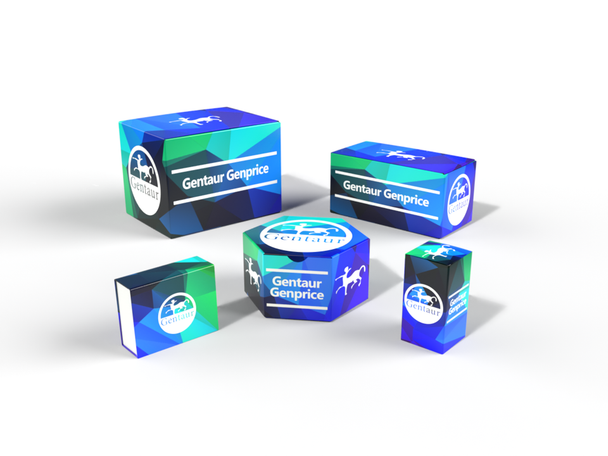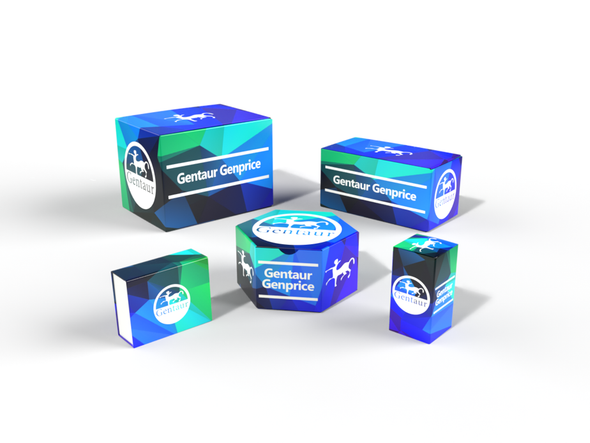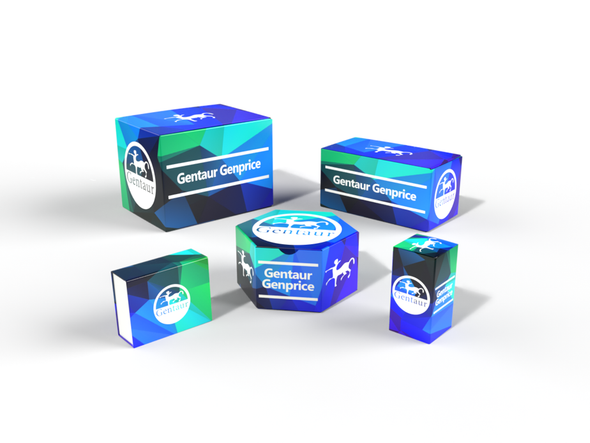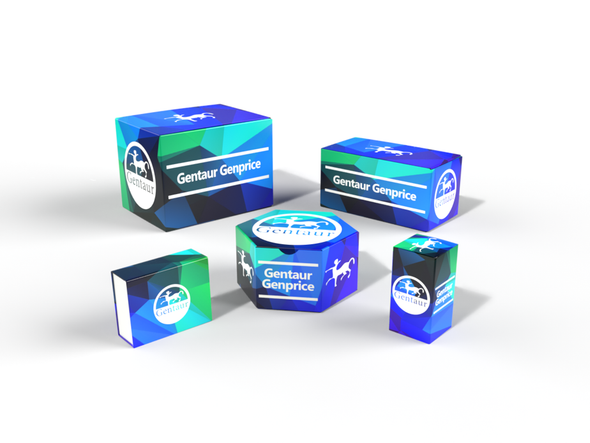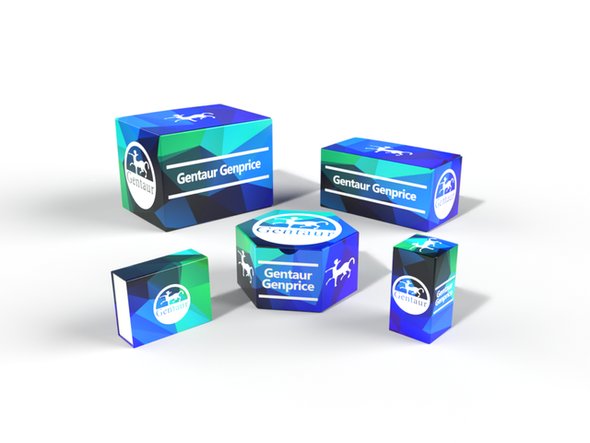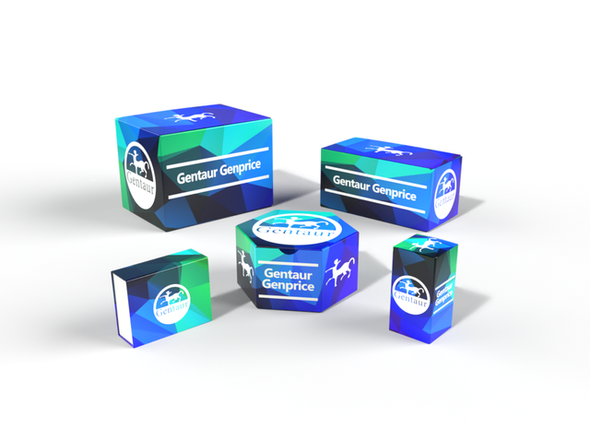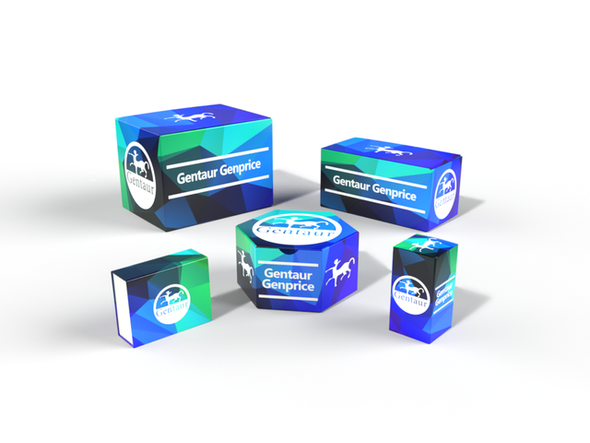Description
SARS-COV-2 PURIFIED VIRAL LYSATE
This virus was isolated from a patient with a respiratory illness who had returned from travel to the affected region of China and developed COVID-19 in January 2020 in Washington, USA. The virus is purified using sucrose density gradient ultracentrifugation, disrupted in the presence of detergent and heat inactivated. This SARS-COV-2 whole virus lysate antigen can be used for the development of diagnostic tests to detect virus antibodies in human serum or plasma. It can also be used to test anti-viral compounds, develop new vaccines, and perform basic research as well as serve as a diagnostic reference for the public health community. SARS-CoV-2, previously known as the 2019 Novel Coronavirus (2019-nCoV), causes the pandemic COVID-19 disease.
PRODUCT DETAILS – SARS-COV-2 PURIFIED VIRAL LYSATE
- SARS-CoV-2 purified viral lysate.
- Virus purified using sucrose density gradient ultracentrifugation, disrupted in the presence of 0.5% Triton X-100 non-ionic detergent/0.6 M KCl, and heat inactivated.
- Viral inactivation is verified by the absence of viral growth in tissue culture-based infectivity assays. Endpoint dilution assays are used to evaluate the pre-inactivation TCID50 titer and the lysate samples. Three independent lysate samples are inoculated into VeroE6 cells (n=4) and incubated for 7 days at 37°C. The inoculated cell cultures are observed for signs of cytopathic effects (CPE). All lysate samples must demonstrate no CPE to verify inactivation of the product.
BACKGROUND
This SARS-COV-2 purified virus lysate antigen can be used for the development of diagnostic tests to detect virus antibodies in human serum or plasma. It can also be used to test anti-viral compounds, develop new vaccines, and perform basic research as well as serve as a diagnostic reference for the public health community (Harcourt et al., 2020). SARS-CoV-2, previously known as 2019 novel coronavirus (2019-nCoV), emerged in Wuhan, China in November 2019 causing an outbreak of a respiratory disease named COVID-19. It was declared a pandemic outbreak by the World Health Organization (WHO) in March 2020 (Wu et al., 2020). Coronaviruses (CoVs) are a group of enveloped positive-stranded RNA viruses, containing four structural proteins: spike (S) glycoprotein, envelope (E) protein, membrane (M) protein, and nucleocapsid (N) protein. These are essential for virion assembly and infection. Homotrimers of S proteins make up the spike on the surface of virus particles and it is responsible for cell entry. S binds to the angiotensin-converting enzyme 2 (ACE2) receptor on the target cell and mediates subsequent virus-cell fusion. The M protein has three transmembrane domains and shapes the virions, promotes membrane curvature, and binds to the nucleocapsid. The E protein plays a role in virus assembly and release, and it is required for pathogenesis. The N protein contains two domains, both of which can bind virus genomic RNA via different mechanisms. It packages the positive strand viral genome RNA into a helical ribonucleocapsid (RNP) and plays a fundamental role during virion assembly through its interactions with the viral genome and membrane protein M. It also plays an important role in enhancing the efficiency of subgenomic viral RNA transcription as well as viral replication It may modulate transforming growth factor-beta signaling by binding host smad3 (Amanat & Krammer, 2020; Zheng et al., 2020).
REFERENCES
- Amanat F, Krammer F. SARS-CoV-2 Vaccines: Status Report. Immunity. 2020;52(4):583-589.
- Harcourt J, Tamin A, Lu X, et al. Isolation and characterization of SARS-CoV-2 from the first US COVID-19 patient. Preprint. bioRxiv. 2020;2020.03.02.972935. Published 2020 Mar 7.
- Wu D, Wu T, Liu Q, Yang Z. The SARS-CoV-2 outbreak: What we know. Int J Infect Dis. 2020;94:44-48.
- Zheng J. SARS-CoV-2: an Emerging Coronavirus that Causes a Global Threat. Int J Biol Sci. 2020;16(10):1678-1685.

